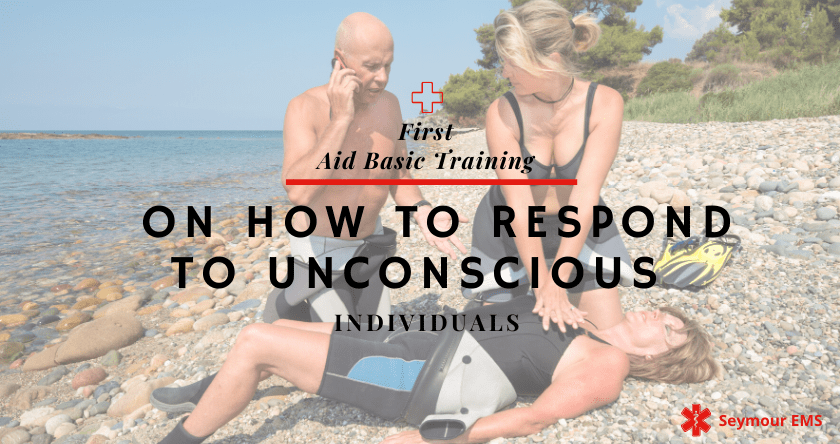It’s always good to undergo basic training on first aid to respond to emergencies that may arise. The kind of first aid administered to a victim makes a huge difference in whether a person will make it or not before medical help arrives. In this article, we will emphasize on how to administer first aid to an unconscious person. An unconscious person cannot respond to touch and is unaware of his/her surroundings. In medical terms, this state is referred to as a comatose. First aid basic training can be helpful when you find yourself in a situation where you are near someone who is unconscious and you need to be able to know how to respond to this emergency.
What causes unconsciousness?
Unconsciousness can come about due to factors like serious injuries from an accident or even when a person is suffering from a major illness. Excessive drug abuse and overdose can also cause unconsciousness as well as alcohol abuse. Another major cause is choking on substances. Fainting is usually as a result of dehydration, temporary low blood pressure, or low blood sugar. Serious heart and nervous conditions can cause a person to faint.
How to administer first aid to an unconscious person
The first thing that you should always do is dial 911 before you even start to attend to the victim. Then check the person’s airways and monitor his pulse frequently to establish that he is still alive. If necessary you may need to do a CPR. If the person is lying on their back and still breathing, you cannot move them until a spinal injury is ruled out but if you are sure this is not the case then carefully roll them on their side. Bend their knee to a position that it forms a right angle with the hip. To keep their airway open gently tilt their head back.
In the case that a person starts to vomit while still unconscious roll the whole body to the side making sure that you support their back and neck to ensure that the body and the head are on the same level as you roll. Try to keep them as warm as possible before medics arrive. In the case that you witness someone fainting, try to avoid the fall by holding on to them and gently lay them on the floor and make sure that you raise their feet a few inches higher.
What you should avoid
An unconscious person should never be given anything to ingest like a drink or food. Never leave the victim alone even to run to call for help. If it helps, shout for help from where you are. Never lay a person in comatose head on a pillow. Do not attempt to bring someone to consciousness by slapping them or splashing water on their face.
Symptoms that follow unconsciousness
We cannot say that when a person is asleep is the same as being unconscious because they can respond to touch and loud noises. You can tell that a person was in an unconscious state if they portray the following symptoms after regaining their senses. They may display signs of confusion, drowsiness, lightheadedness, and in severe cases have amnesia unable to remember events prior to their fainting.


Recent Comments